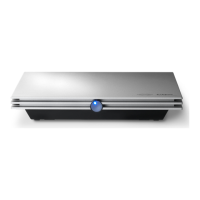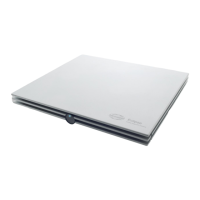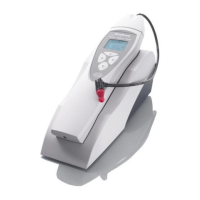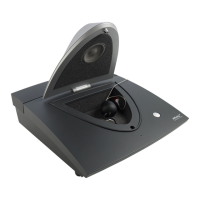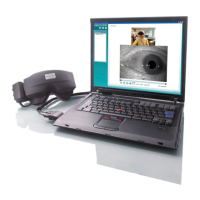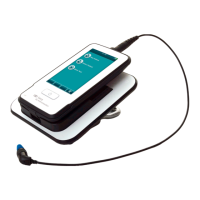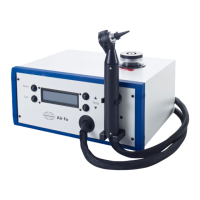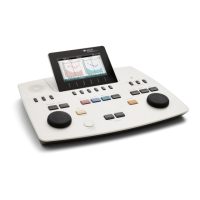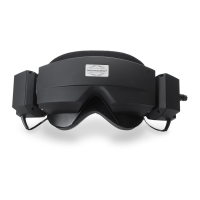11.6 Technical specifications ASSR
The CE-mark indicates that Interacoustics A/S meets the requirements of Annex II of the Medical
Device Directive 93/42/EEC. Approval of the quality system is made by TÜV – identification no.
0123.
IEC 60645-7:2009, Type 1.
EPA4 Cable Collector (4 electrodes). Standard 50 cm. Option: 5 cm or 290
cm
EPA3 Cable Collector (3 electrodes). 50 cm
Minimum >118 dB. Typical 130 dB < 100 Hz
Radio frequency
immunity:
Typically 25 dB improvement over previous available designs
Max input offset voltage:
Ear Tone ABR insert phone, calibrated on an IEC 711 coupler.
HEADPHONE with independent calibration (optional)
Bone conductor (optional)
0 – 100 dB nHL in 5 dB steps.
500, 1000, 2000, and 4000 Hz, both ears same time.
1 octave ± ½ octave – 3 dB
White noise 0 – 100 dB SPL
6 minutes to detect a ASSR signal – can be extended up to 15
minutes
Standard voltage based system
74 – 110 dB. Auto or Manual selection.
2, with separate detection algorithm
99% or 95% , false pass probability
Manual 5, 10, 20, 40, 80, 160, 320, 640 µV input
Analog 5kHz, 24 dB / octave
Independent control of up to 8 simultaneous stimuli (max 4 per ear)
Independent start, stop control for each of the 8 stimuli
Stimulus level control for each of the 8 stimuli
False pass probability 1 or 5%
Test protocols included for children and adult
Note ! The transducer is dedicated to one Eclipse only! Calibration is stored on the Eclipse. Replacing the
transducer will require new calibration of the transducer connected to the Eclipse.
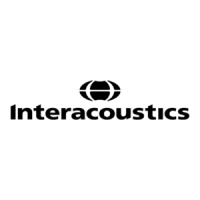
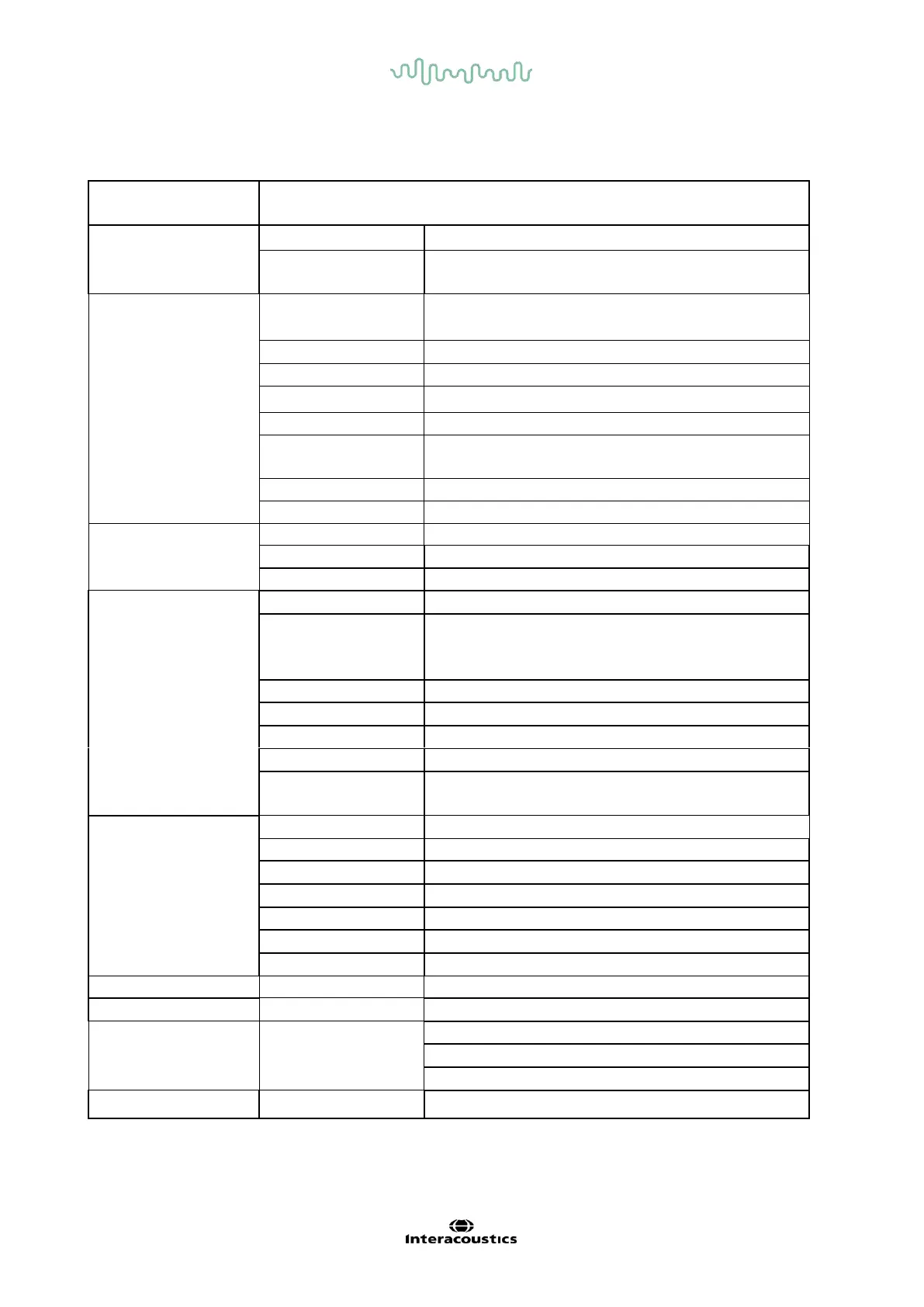